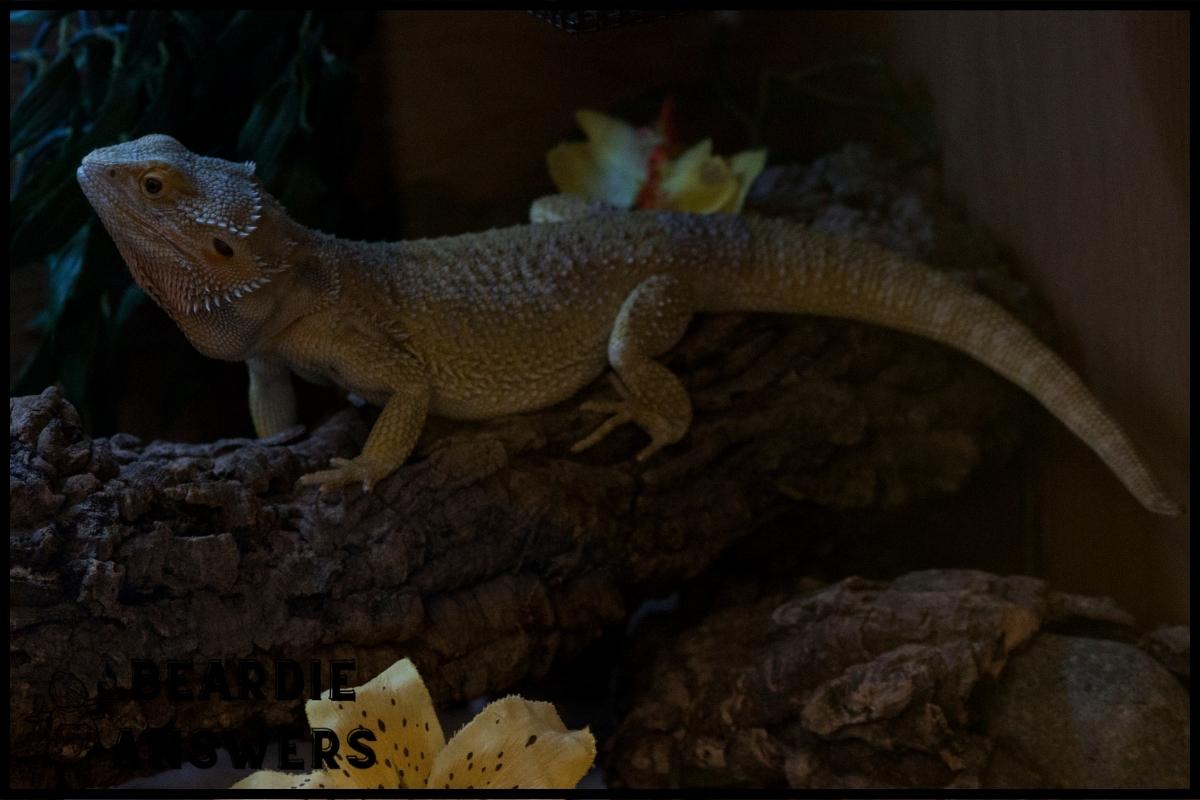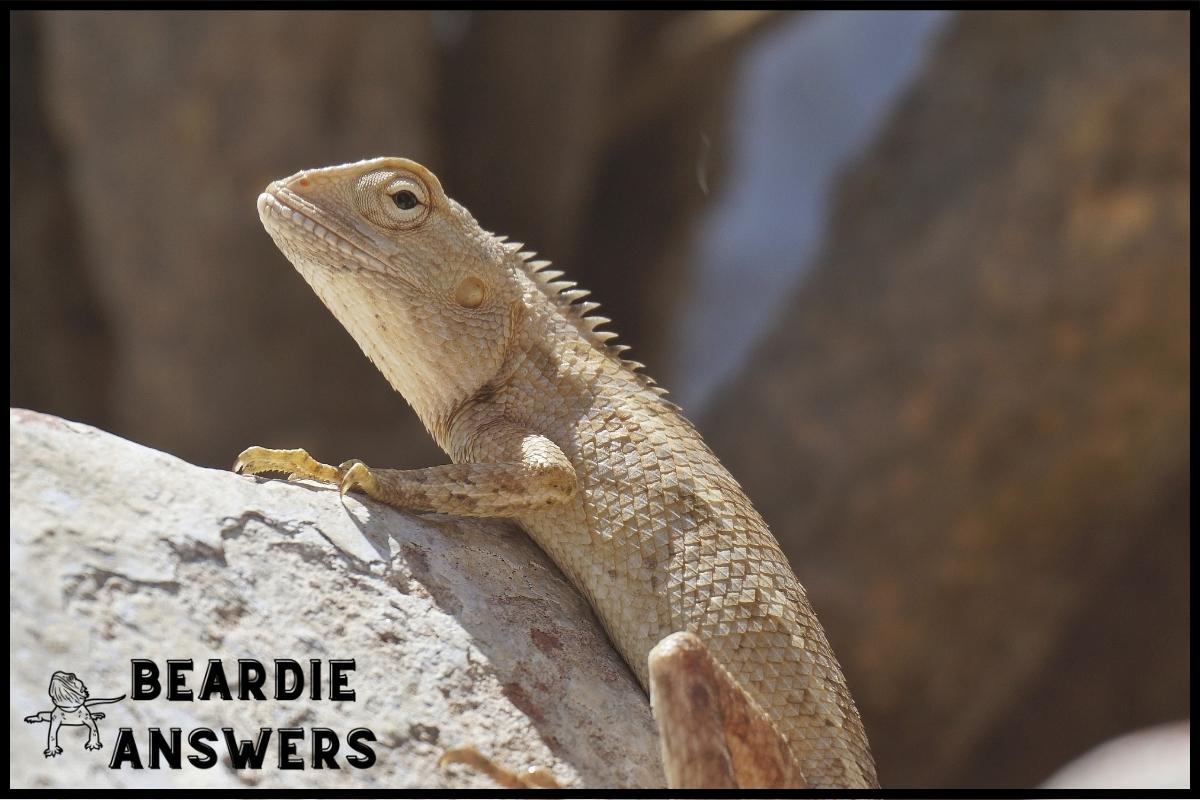Rare morphs in bearded dragons are highly sought after by reptile enthusiasts, and some can command high prices. Translucent bearded dragons have transparent scales and unique coloring, while leatherbacks have reduced scalation and soft leather-like skin. Silkbacks have a smooth, scaleless appearance and require special care due to their susceptibility to skin infections.
What You'll Learn
Overview Of Bearded Dragon Morphs
Bearded dragons are one of the most beloved reptiles around, and there is a wide variety of morphs to choose from. From basic colors that change based on genetics to rare morphs created through breeding techniques, bearded dragon enthusiasts have plenty of options. Of course, selecting the right type for your needs requires understanding not only the different morphs but also potential health issues associated with each.
One of the rarest morphs available is known as translucent leatherback or silkback (TLB/SB). This unique look was developed in Germany by combining specific bloodlines over several generations using advanced breeding techniques. The resulting animal has extremely thin scales that make it appear almost completely transparent. Not only does this give TLB/SB an aesthetic appeal unlike any other type of bearded dragon, it also makes them highly sought after among collectors.
What sets TLB/SB apart from other types isn’t just their appearance, however; they require special care and attention due to their delicate nature. As such, anyone considering adding one to their collection must be thoroughly informed about what these morphs need to stay healthy and happy.
With proper knowledge and dedication, owning a TLB/SB can be immensely rewarding – something we will explore further below.
Translucent Leatherback Morph
The first section outlined the various morphs of bearded dragons, and now it’s time to focus on one in particular: the translucent leatherback.
This morph is easily distinguished by its unique scale pattern and tail colors that set it apart from other species. The most notable characteristic of this reptile is its lack of pigment which gives the dragon a ghostly appearance; however, their skin still has an opalescent sheen due to the presence of tiny white scales. Its head also has several dark patches along with some bright yellow spots making them stand out even more. The size difference between males and females is also quite noticeable as females tend to be larger than males.
Due to their rarity, these dragons typically cost much more than regular bearded dragons but they are definitely worth the price if you can get your hands on one! Their subtle beauty mixed with their gentle personalities make them great companions for pet owners who want something a bit different from the usual breeds.
Onward we go into exploring another rare morph – the silkback.
Silkback Morph
The silkback morph is one of the rarest bearded dragon morphs, and it has an interesting genetic makeup. Its unique features are caused by a recessive gene which results in reduced scales on its body giving it a smooth texture. Morph genetics plays an important role in successful breeding of this rare morph; offspring must have two copies of the same recessive genes for them to display the desired characteristics.
As with any type of breeding program, there are many considerations that need to be made when attempting to produce healthy animals displaying the desired traits. When considering whether or not to breed Silkbacks, factors such as habitat size, dietary needs, and how much space can be dedicated should all be taken into account. It’s also essential that both parents possess good health and proper temperament before being brought together for mating purposes.
Additionally, due to the rarity of this particular morph, potential buyers will likely pay higher prices than those found elsewhere making these types of projects highly lucrative but more costly upfront. To ensure success when raising these animals it’s important to provide them with enough space to exercise their muscles and stimulate their minds while also ensuring they get plenty of nutritious food including live insects like crickets and mealworms as well as leafy greens such as collard greens and turnip tops.
With proper care and attention, Silkbacks can thrive in captivity. Understanding the feeding habits of rare morphs is key in helping your pet stay happy and healthy.
Feeding Habits Of Rare Morphs
Despite their different appearance, rare morphs of bearded dragons have similar dietary needs as compared to regular bearded dragons.
According to statistics, 75% of the diet for such reptiles should be composed of leafy greens, while the rest should include protein like bugs or worms.
Additionally, it’s important that they maintain optimal temperatures in order to keep up with their nutritional requirements:
- 70-80°F (21-27°C) basking area
- 80-90°F (26-32°C) warm side of habitat
- 50-70°F (10-21°C) cool side of habitat
- 68–75°F (20–24°C) room temperature at night
These conditions will help regulate body temperature and digestion in these unique morphs.
It’s also important to provide a balanced diet providing calcium and other vitamins which can be achieved by dusting food items with commercial supplements once every few feedings.
With proper care and nutrition, owners can enjoy having an exotic pet for years to come!
Housing Requirements For Rare Morphs
Having discussed the feeding habits of rare morphs, let us now turn our attention to their housing requirements. A proper housing setup is essential when keeping a healthy and happy bearded dragon. Below is a table outlining some basic guidelines for setting up an enclosure for your rare morph:
| Feature | Leatherback/Translucent | Silkback |
|---|---|---|
| Enclosure Size | At least 20 gallons per adult dragon. | At least 30 gallons per adult dragon. |
| Lighting | UVA & UVB bulbs with basking spot reaching 95-100°F (35-38°C). | Same as above. |
| Substrate | Calcium sand or paper towels are ideal options. | Same as above. |
It’s important that you keep in mind these basic parameters to ensure that your rare morph has enough space to live happily and healthily in its tank environment! Additionally, it’s always wise to have multiple hiding spots within the enclosure so that your pet can feel safe and secure while in captivity. Temperature gradients should also be provided by using heat lamps and other heating devices; this will help promote better activity levels during the day and nighttime hours alike.
Now that we know more about the necessary housing conditions for rare morphs, let us move onto caring for them properly…
Caring For Rare Morphs
Caring for rare morphs of bearded dragons requires a bit more attention and knowledge than average. To ensure that the dragon is healthy, it’s important to get temperature regulation right in the enclosure as well as other considerations for cage setup.
Here are some steps you should take:
- Provide two areas with different temperatures within the enclosure – one warm side and one cool side. This will help your rare morph regulate their own body temperature.
- Make sure there are plenty of hiding spots inside the enclosure such as rocks or logs so they can feel secure when needed.
- Ensure that any decorations used in the cage do not contain materials which may be toxic to them like paint or plastics, especially if they tend to chew on objects in their environment.
By taking these steps into consideration, you’ll give your rare morph an optimal living space and create a happy home for your pet!
Conclusion
Conclusion:
Overall, rare bearded dragon morphs are incredibly unique and special creatures to own. With the right care and nutrition, they can be a source of joy for many years.
It’s estimated that as much as 25% of all bearded dragons in captivity are rare morphs! As an owner, it’s important to invest time into learning how to properly care for these reptiles so that they stay happy and healthy.
With proper housing requirements, feedings, and overall attention, your rare morph will remain vibrant and strong throughout its life.

Hi! My name is Bryan, I am the “one behind the words” here are BeardieAnswers.com. I believe that providing quality care and nutrition is the best way to ensure the health of your pet. Every beardie is special and deserves the best care and attention. If you have questions about your bearded dragon, please don’t hesitate to ask! View My Full Author Page




